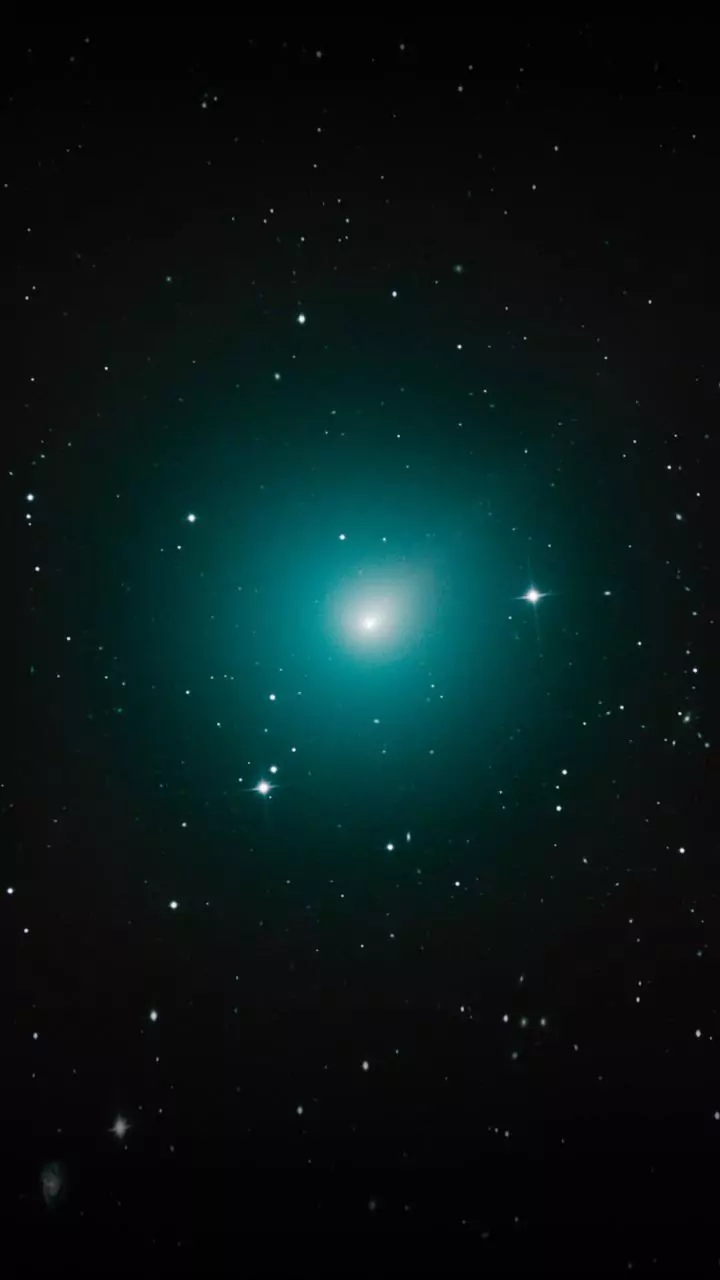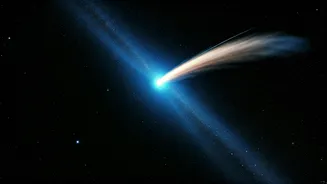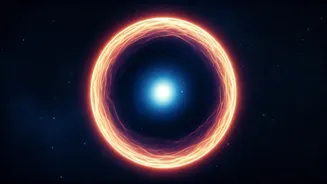Cometary Discovery and Identity
Comet C/2025 R2 (SWAN) derives its name from the SWAN instrument onboard the Solar Wind ANisotropies (SWAN) instrument on the Solar and Heliospheric Observatory
(SOHO) spacecraft. This instrument is used to study the solar wind and the local interstellar medium. The designation 'C/2025 R2' follows the standard comet nomenclature: 'C' signifies a non-periodic comet (one that doesn't orbit the sun regularly), '2025' indicates the year of discovery, and 'R2' denotes it was the second comet discovered during the second half of August in that year. This nomenclature helps astronomers track and catalog comets, providing crucial information for predictions and observations. The comets themselves are icy bodies that release gas and dust as they approach the Sun, creating a visible coma and, potentially, a tail.
Predicting Earth Approach
Predicting the trajectory of a comet like C/2025 R2 (SWAN) involves complex calculations that take into account gravitational forces from the Sun and other planets. The information obtained from SWAN's data, combined with further observations, is crucial for refining the comet's orbit and predicting when it will be closest to Earth. The October 21st date has been determined by this meticulous work. It is important to remember that these dates are predictions, and slight variations can happen due to unforeseen factors like the effects of outgassing from the comet's nucleus on its orbit. Therefore, while astronomers provide the most precise estimates, continuous monitoring and updating of the comet's position are essential as it approaches Earth.
Spotting the Comet
Observing Comet C/2025 R2 (SWAN) requires some preparation and knowledge. Since the comet's brightness can vary, the best time to see it could be early in the morning or just after sunset, when the sky is still dark enough. The location on the sky where the comet will appear is another important factor that will vary based on the position of Earth. Using astronomy apps or star charts can help you pinpoint where to look for the comet relative to known constellations. While binoculars can enhance your viewing experience, a clear sky away from city lights will offer the best chance to see the comet, possibly even with the naked eye if it brightens sufficiently. Patience is key, as comets may appear faint, and spotting them requires time for your eyes to adjust to the darkness.
Scientific Significance
The appearance of Comet C/2025 R2 (SWAN) presents scientists with a valuable opportunity to study the composition of comets and, by extension, the early solar system. By analyzing the light spectrum emitted by the comet's coma and tail, astronomers can determine the presence of various elements and molecules, providing insights into the materials from which the solar system was formed. Studying a comet’s interaction with the solar wind also provides useful information. Furthermore, observing the comet's tail and its behavior offers a glimpse of how solar radiation and the solar wind influence these icy celestial bodies, further advancing our understanding of the space surrounding our planet and the formation of the sun.
Tips for Viewing
To maximize your chances of seeing Comet C/2025 R2 (SWAN), consider these tips. First, find a viewing location with minimal light pollution and a clear view of the horizon. Away from cities or towns is generally ideal. Second, check the weather forecast to make sure the sky is clear, with no clouds obscuring your view. Third, use stargazing apps or websites to find out exactly where the comet will appear in the sky on October 21st, allowing you to prepare. Fourth, give your eyes time to adjust to the darkness—avoiding bright lights for at least 30 minutes before viewing. Finally, bring binoculars or a small telescope, which can significantly enhance your viewing experience.














